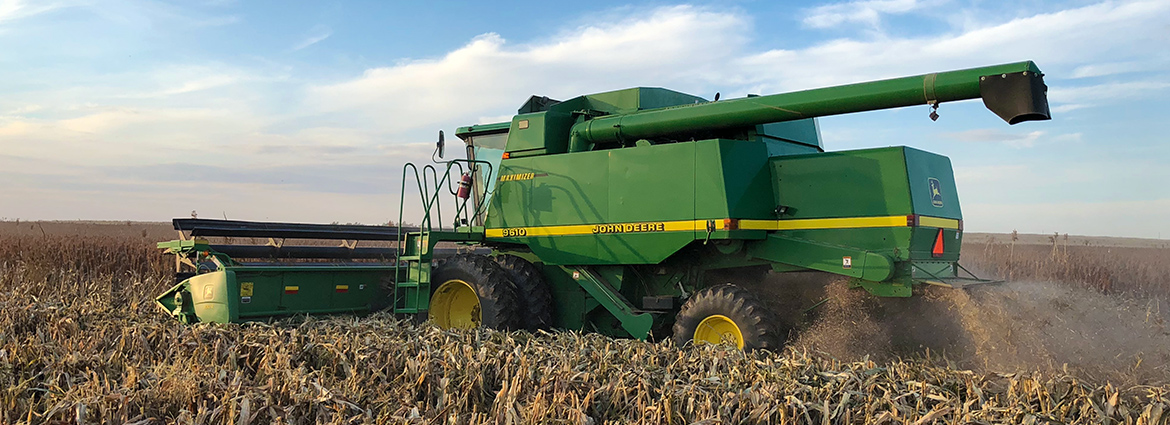
2023 Fall Crop Outlook in western Kansas
Kansas continues to struggle with drought. At the start of the calendar year, the Drought Severity and Coverage Index (DSCI) value was 348 on www.droughtmonitor.unl.edu. The index dropped to 315 in the first week of April, which is a slight improvement. However, a sizable portion of the state is experiencing severe or even extreme drought. One positive bit of news is that www.climate.gov is reporting that La Nina has transitioned neutral. Plus, the National Weather Services continues to predict more normalized rainfall for the state in the second half of 2023.
An interesting point of observation is that a majority of the corn belt is no longer in drought (except for a few pockets). This leads to the question of how many total acres of corn and soybeans will be put into production and what potential yields will be applied to those crops in normalized conditions. The World Agricultural Supply and Demand Estimates (WASDE) report will come out on April 11. On the previous report coarse grains outlook was for larger ending stocks and with the season-average corn price lower.
If the corn belt can produce an “average” crop, will prices slide? For Kansas Farmers in drought-stricken areas this is a real concern. Not only from the prospect of being able to generate bushels in drought conditions, but also the complication of high input costs associated with this spring crop. In this specific situation, it is going to be difficult for a Kansas Farmer to generate competitive crops without an abundance of timely rainfall.
With the price of chemicals, herbicides, fertilizers, and fuel costs production/harvest cost for sorghum have spiked. It is reasonable to say that a single acre of sorghum could cost $430 per acre. In north central Kansas, our county average is eighty bushels per acre. That would put breakeven at $5.38 per bushel. Here is where things get tricky. New Crop Milo is $5.58 on the futures board. When you remove the basis of fifty cents, the local asking price is $5.08 today. Resulting in a $-25 per acres net loss if harvest was today.
In conclusion, a large corn belt crop could potentially drive-up ending stocks and lower prices. The result for Kansas Farmers, in drought-stricken areas, is not only challenging from an agronomic point of view, but also an economic concern. Drought, high-input, and the potential for other areas to do well clearly complicates matters. We obviously have a long way to go. However, marketing tools are going to be critical this year when trying to breakeven or generate positive spring crop revenue.